|
“Seven types to rule all words, seven to classify them, Seven types to differentiate, and through instruction bind them.” Familiar with Tolkien’s Lord of the Rings? If so, you’ll recognize my quote as a take-off on the ominous inscription that encircles the One Ring. Forged by the dark lord, Sauron, the ring was powerful enough to give its wearer dominion over all of Middle Earth. (And now you know that I am a total sci-fi / fantasy nerd.) While not as powerful as the One Ring, the seven syllable types are certainly strong enough to differentiate a monolithic one-size-fits-all spelling list and improve “memorize-and-move-on” spelling instruction. What follows is a bit of review (from one of my most popular spelling posts, 3/15/2017), and then additional thoughts on how to use the seven syllable types to create differentiated spelling lists from a master spelling list. Once you get to the middle of the post, you'll see plenty of examples of categorized and differentiated lists. The Power of Syllable Types Syllable types provide an easy way to manage the dozens of word features found in most spelling scope and sequences. Typically, a spelling scope and sequence is organized loosely around word features associated with the stages of spelling development. For example, first graders, who are developing the ability to match letters to sounds, are often given spelling words that feature CVC patterns, consonant blends, digraphs, and CVe patterns. In contrast, third graders, who are developing the ability to notice and use patterns in words, are often given vowel teams, inflectional endings, and special consonant spellings like soft c and soft g. As the stages of spelling development progress, more and more spelling features are presented to students. Scan the scope and sequence of a any spelling program and you will see dozens of spelling features listed. A long list of features can present real difficulties for both teachers and students. First, a broad scope makes it harder for teachers to answer these questions: what features have my students mastered, which features need to be retaught, which features do my students have control of when they write, and which features are my students using when they decode during reading? Second, when teachers have an overwhelming number of spelling features to think about, they may lose sight of these big picture reasons for teaching spelling: spelling is for building the brain dictionary, spelling is to enable fluent writing, spelling is for strengthening decoding, and so on. Third, a focus on minute details (dozens of features) gives teachers and students the false notion that English spellings are nonsensical or impossible to predict. Finally, loosely categorized features generally make spelling harder for students to learn and teachers to teach. I believe these difficulties are minimized when teachers use seven syllable types to guide their spelling instruction. When teachers think of words in terms of the seven syllable types, they automatically focus the breadth of a typical spelling scope and sequence. This, in turn, makes spelling instruction more powerful. And when children master the knowledge and use of the syllable types, they have a master plan (a strategy) for decoding during reading and encoding during spelling. Here are the syllable types and examples of words that use each type exclusively. Also, I’ve presented the types in a sequence that can be used in the classroom. In other words, teach closed syllables first, move to open syllables, and then to the VCe syllable, and so on. Use the seven syllable types to differentiate your master spelling list My two previous posts addressed what a master spelling list is and how to create one. Once you create a master spelling list, you can categorize its words by complexity and then use these categories to create differentiated spelling lists. One way to fine tune categorizing is to think of spelling words in terms of seven syllable types. Let’s consider this master list, appropriate for any student in the beginning stages of spelling development. This list, containing almost 60 words, is all about teaching children to notice and understand the consonant-vowel-e spelling feature, specifically A-consonant-E and O-consonant-E. To help students see how the long and short sound words differ in spellings, this master list also contains CVC words, a concept that was previously taught. Two-syllable words, many of them compound words, are also given. Here’s the list categorized by syllable types, specifically the closed syllable type and vowel-consonant-e syllable type. More complex two-syllable words are presented as either a closed syllable + closed syllable, or as a combination of closed + VCe. Categorizing the words as syllable types helps me to see how some words are less complex and some are more. Once I see the various levels of complexity, I can create three differentiated word lists fairly easy. In this example, the first list is made up of less complex one-syllable words that use either a closed syllable or a VCe syllable. The second list is more complex because some of its words begin with more complex consonant clusters and it has two-syllable words. But the two syllable words use only closed syllables. The last list is the most complex. It has numerous two-syllable words and some of them combine a closed syllable and a VCe syllable (for example, update and explode). Now let’s consider a list that is appropriate for students who have more developed spelling skills. Here we see over forty multi-syllable words containing the -ion suffix, which we can think of as -tion and -sion. Now, here’s the list categorized by syllable types, which includes the -ion suffix plus various combinations of closed syllables, open syllables, and r-controlled syllables. Once again, when I think in terms of syllable types, I can see how some words are less complex and some are more. I can use this range of complexity to construct three differentiated word lists. In this final example, the first list is made up of only two-syllable words. Each word is either a closed syllable + the suffix or an open syllable + the suffix. The second list is more complex because it has two- and three-syllable words. Still, all words are a combination of only two syllable types plus the suffix. The last list is most complex. It has words that are up to four syllables long. Some words, like evaporation combine two open syllables, a closed syllable, an r-controlled syllable, and the suffix. Use syllable types across space and time
The seven categories of syllable types can be taught by teachers and used by students between and across grade levels. They give an entire school one organizing principal (One ring to rule them all...), thus providing a common language for all teachers of reading, writing, and spelling. At the same time, syllable types provide an organizing framework that all students can use to better understand the workings of spelling features in every spelling stage, from consonants, digraphs, and short vowels in the early alphabetic stage, to long vowel teams and variant vowel teams in the patterns within words stage, to roots, affixes, and inflected endings in the meaning stage. It seems to me that any strategy, routine, or method of organization that crosses classrooms and grade levels holds forth the possibility of greater and longer lasting student learning. Simply put, when students experience and use a strategy, routine, or method year after year from a multitude of teachers, they are much more likely to master that strategy, routine, or method and consistently apply it in variety of settings. If a school were to embrace the teaching of syllable types, by the time students got to fourth grade they would have had three years of exposure to the this organizing principle, which is surely a strong foundation. |
Mark WeaklandI am a teacher, literacy consultant, author, musician, nature lover, and life long learner.
|
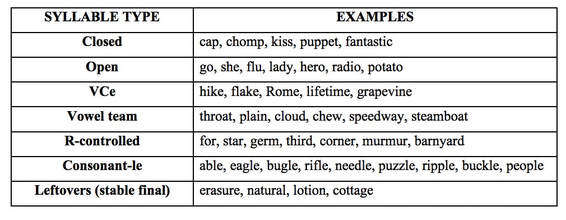
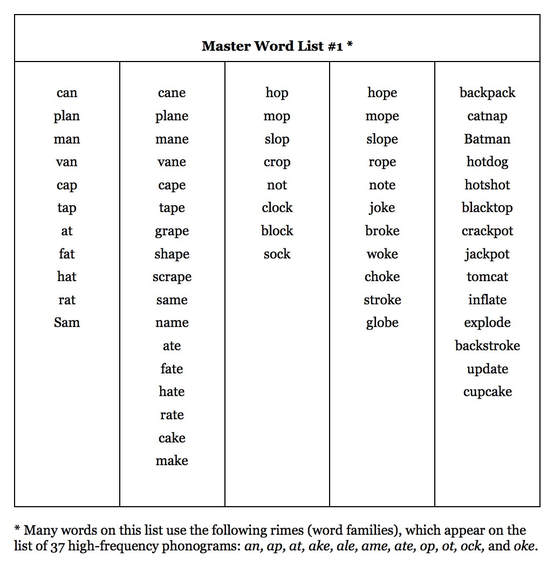
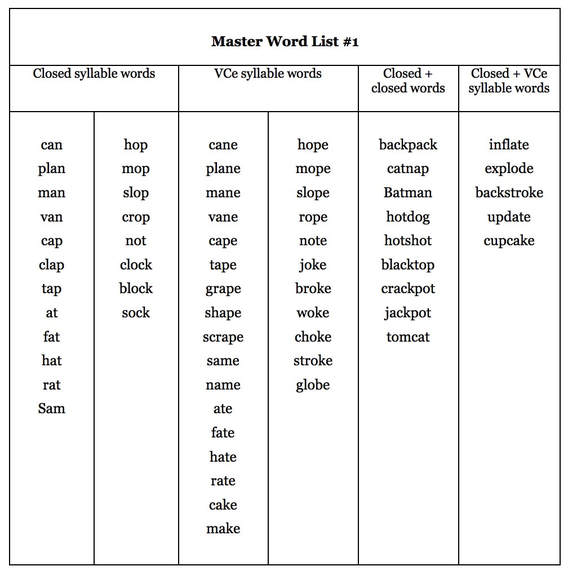
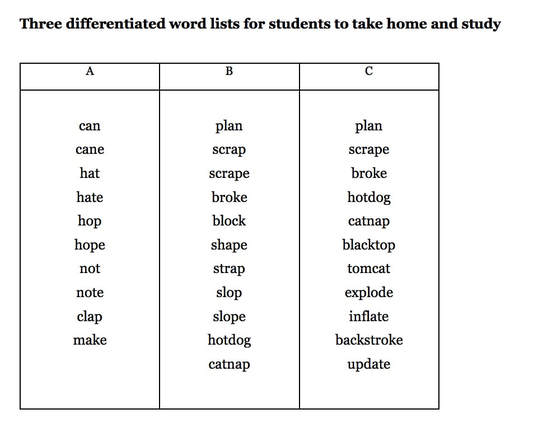
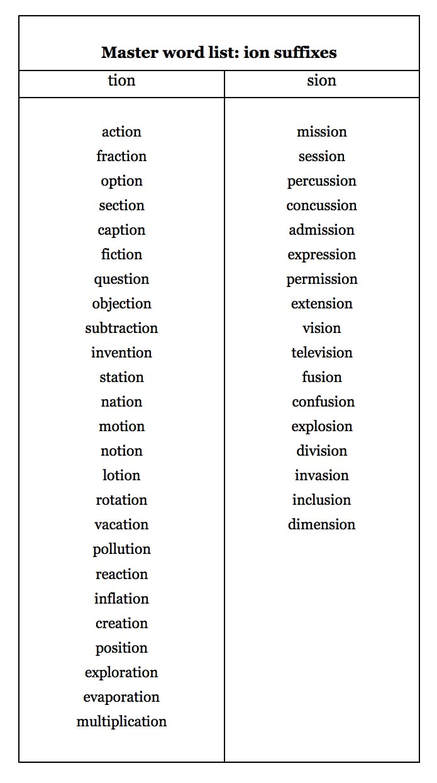
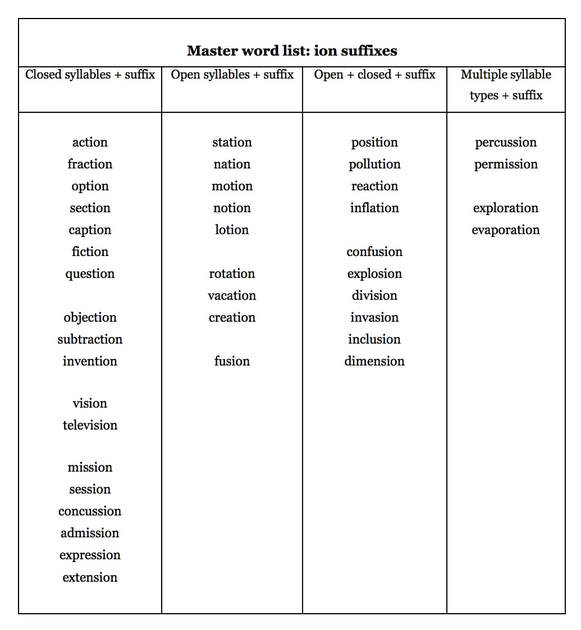
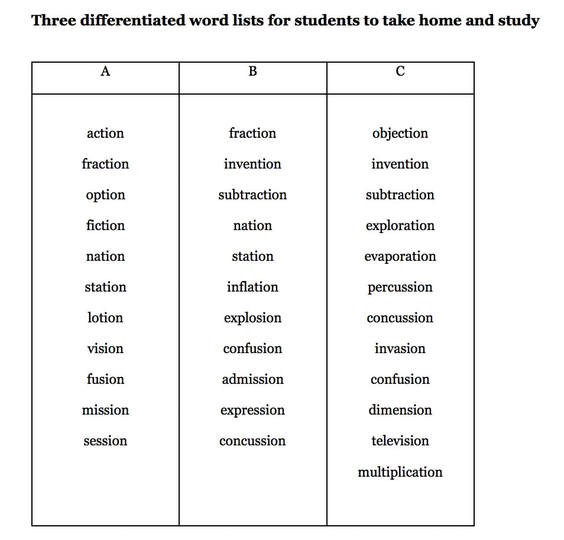
 RSS Feed
RSS Feed